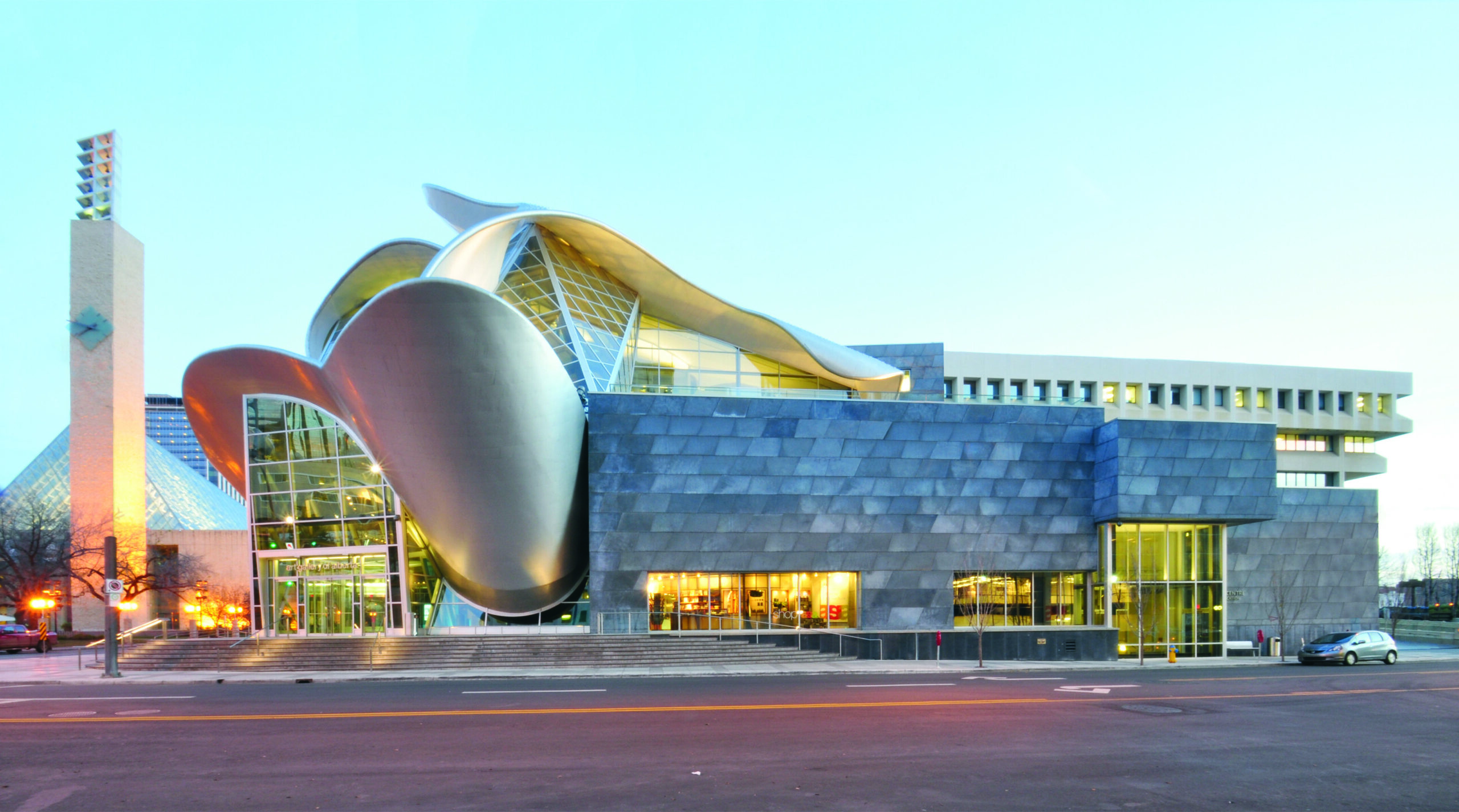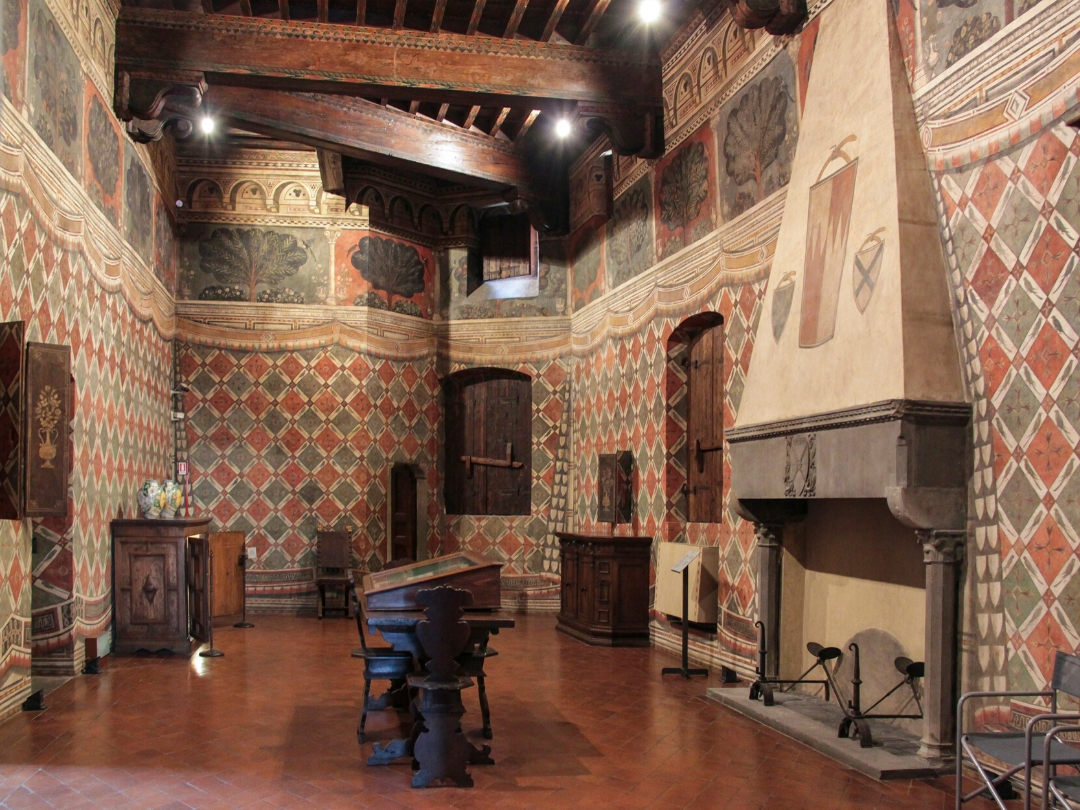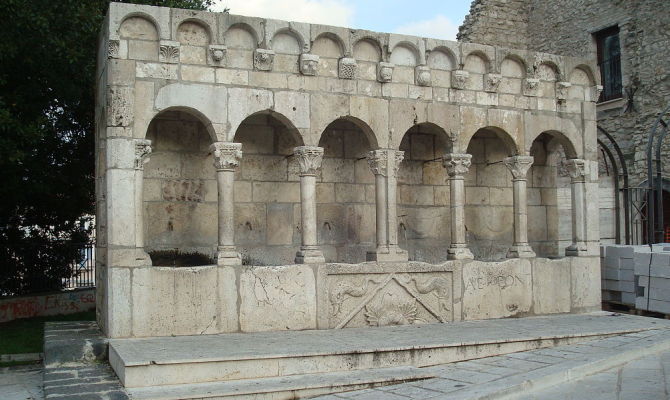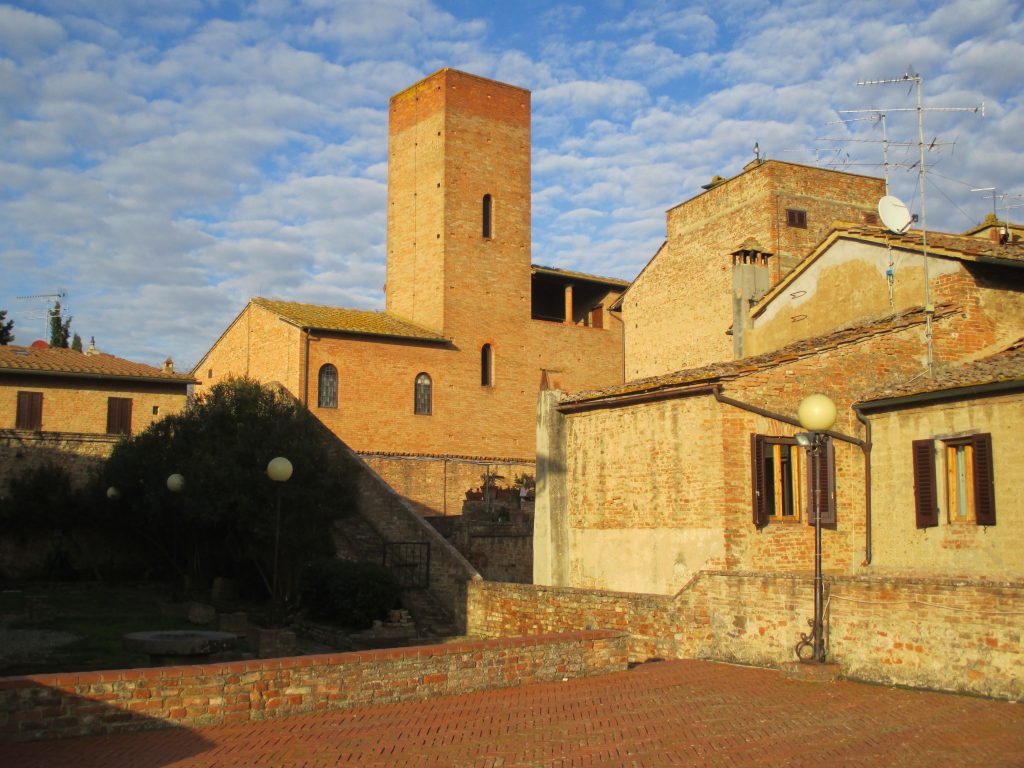Since its founding in 1924, the AGA has acquired over 6,000 works of art, the vast majority of which were produced after 1950 and added to the Collection since 1970.
The strength of the gallery’s contemporary collection lies primarily in the area of Canadian abstract painting and sculpture, with a strong emphasis on the work of artists from this region in the context of parallel national and international movements.
Other significant collecting areas include: contemporary and historical photography, a collection which began in 1977 and now numbers over 1,500 photographs; a comprehensive collection of prints by the renowned 18th century British printmaker Thomas Bewick, numbering in excess of 850 objects; and a strong representation of historical Canadian painting from the late 1800s to the 1950s.
Acquisitions have included important works by contemporary Alberta artists such as: Jane Ash Poitras, Allen Ball, Catherine Burgess, Isla Burns, Chris Cran, Clay Ellis, Douglas Haynes, Alex Janvier, George Littlechild, Ron Moppett, Lyndal Osborne, Carol Taylor-Lindoe and Peter von Tiesenhausen, as well as comprehensive collections by the photographers Hubert Hohn and Orest Semchishen.
Nationally, the AGA has also acquired the work of a diverse range of modern and contemporary artists including: Marlene Creates, Janet Cardiff, Dean Drever, Brian Jungen, Liz Magor, Kevin Schmidt, Aganetha Dyck, Rita Letendre, and Takao Tanabe.
Additionally, the AGA’s expanding holdings in photography include work by key historical figures such as Edward Curtis, Karl Blossfeldt, Walker Evans, and Yousuf Karsh as well as significant contemporary photographers, including Lynne Cohen, Robin Collyer, and William Eakin.
Celebrating its prominent location on Sir Winston Churchill Square in the heart of the Arts District in downtown Edmonton, the AGA connects the Gallery and the community, welcoming visitors to experience art first hand.
Randall Stout, the architect chosen to design the AGA building, took inspiration from the city’s unique northern environment and urban grid. Stout juxtaposed angular windows against a winding 190-metre steel ribbon that references the forms of the North Saskatchewan River and Aurora Borealis.
The 85,000 sq foot (7,900 sq metre) AGA is a world-class centre for the presentation of regional, national and international art, education and scholarship. The building was opened in 2010.Randall Stout was a visionary whose evocative design aesthetic continues to challenge architectural conventions. After completing his Masters of Architecture, Stout worked for over 7 years as a designer and senior associate with world-renowned architect Frank Gehry. Stout created environments that capture the unique composition of their natural surroundings, while transforming light, shadow, form, and materials into dynamic architecture.













